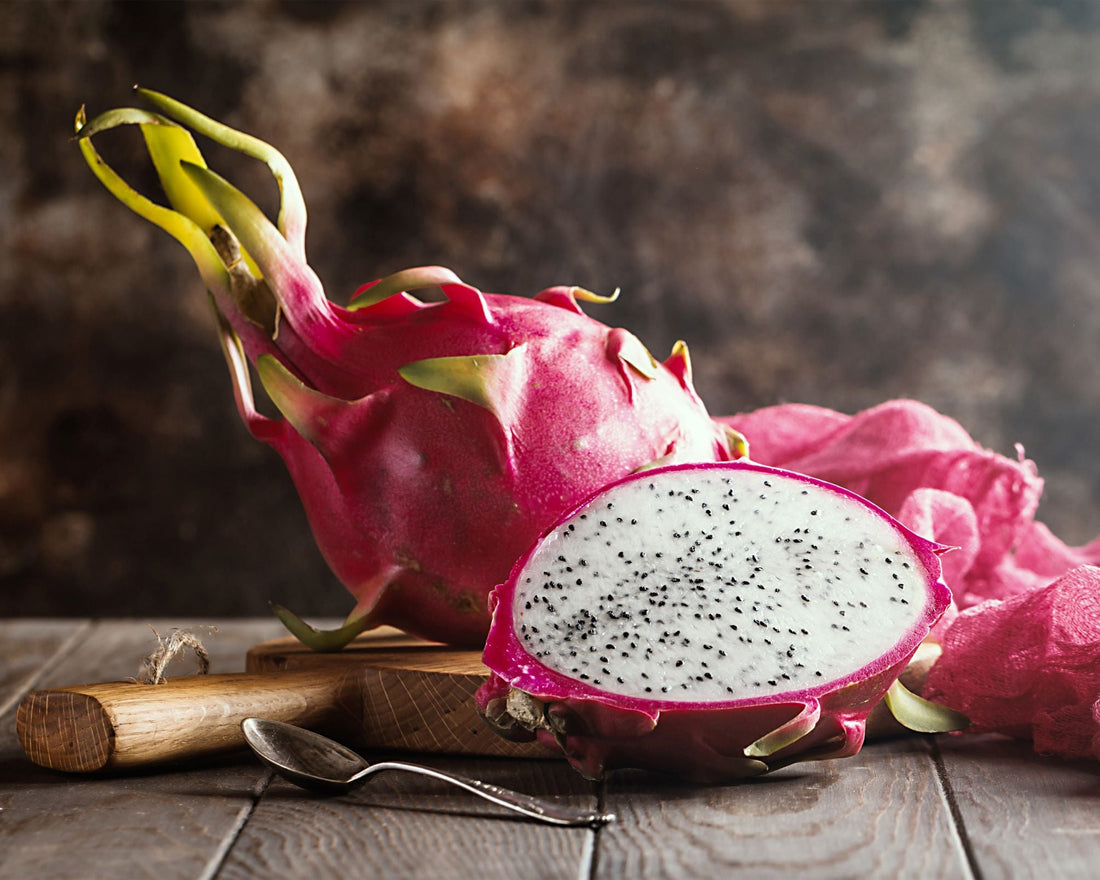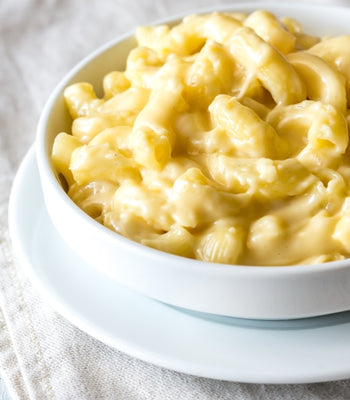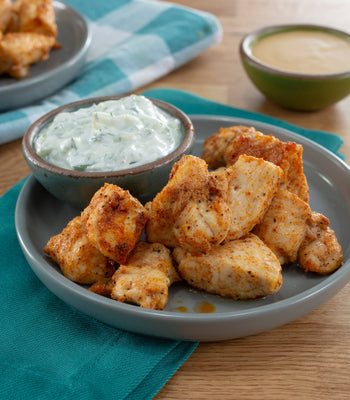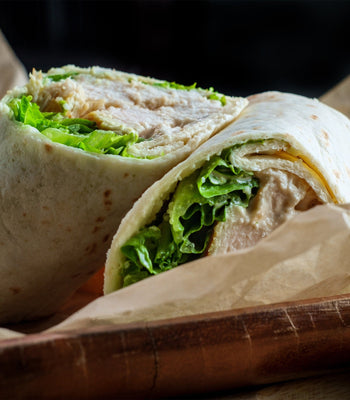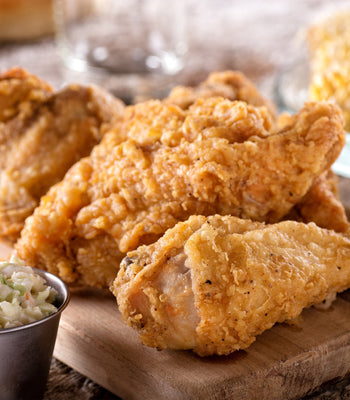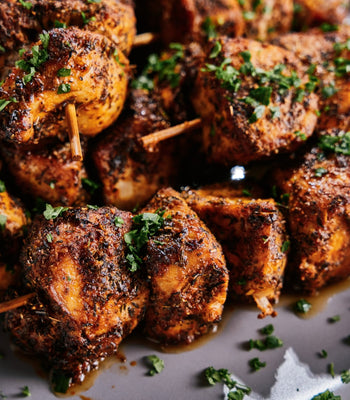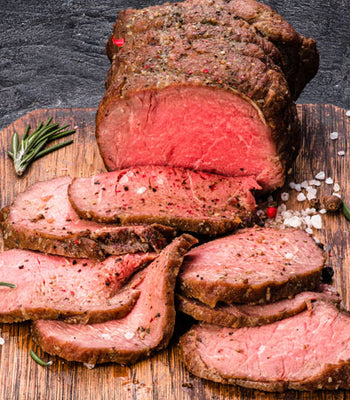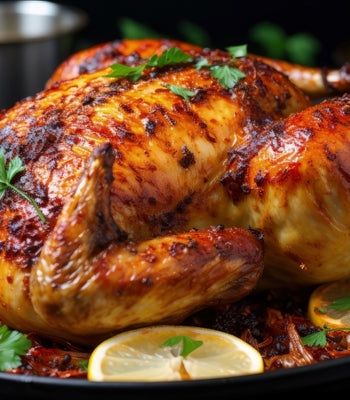Losing weight can feel like taking one step forward and two steps back. What if it’s not about eating less, but eating the right kinds of food? This is where fruit can become a saving grace to anyone looking to enjoy flavors without high calories.
Research shows fruit can have an anti-obesity effect because of its low calorie count and ability to make you feel fuller for longer.
Behold, the Mighty Dragon Fruit

Dragon fruit has several important nutrients, and it’s also a good source of iron, magnesium, and fiber. It also contains prebiotic fiber that helps healthy bacteria grow in your gut, potentially improving gut health.
Despite its wild appearance, dragon fruit is relatively easy to eat. Look for one that has a bright red, evenly colored appearance that gives slightly when you squeeze it. That’s how you know it’s ripe and ready. You can cut it in half and scoop out the fruit, or you can peel it beforehand and cut the pulp into convenient slices. Dragon fruit works great as a topping for Greek yogurt or salad.
Passionate About Passion Fruit

Passion fruit is a widely popular fruit that’s a great addition to your daily diet. Studies show that it’s rich in antioxidants such as vitamin C, beta carotene, and polyphenols.
To eat this tropical treat, you’ll need to slice it open to get to the vitamin-rich fruit and seeds. You can slice it up to use as a topping for a cake or use the juice to make a refreshing drink.
Meet the Mangosteen

The mighty mangosteen is a highly nutritious fruit that will add an exotic twist to your diet. It has numerous potential benefits such as anti-oxidative, anti-inflammatory, anticancer, antidiabetic, and neuroprotective effects.
It's best to look for mangosteen with a smooth, purple outer skin. The skin isn’t edible but peels off easily. The inner fruit is very juicy when ripe and makes a great addition to a fruit smoothie or salad.
The Regal Rambutan

Don’t let its spikey exterior fool you, rambutan is a sweet surprise you can find on the fruit isle. High in antioxidants, dietary fibers, and vitamins and minerals, it's a must-try for anyone looking for a fresh taste of the exotic.
To enjoy rambutan, get to the juicy interior and avoid eating the skin or seeds. Cut a thin slice in a circle around the fruit without cutting too deep. Then use your finger to open the skin and get to the egg-like interior.
Lychee, the Little Fruit That Could

Despite its small size, lychee is a popular tropical fruit with surprising potential benefits. Studies show that lychee exhibits antioxidant and anti-obesity activities.
Eating lychee is simple and easy. All you have to do is peel off the outer skin to get to the milky white interior. Then, gently remove the seed from the interior of the white fruit.
Glorious Guava

Guava is another popular tropical fruit that’s rich in vitamins, fiber, and other valuable nutrients . It's also an extremely versatile fruit that can be eaten by itself or added to any number of dishes. Unlike some other tropical fruits, guava skin and seeds are edible, so you can cut it into slices or simply bite into it. Guava is a creative baking flavor, and its juice is also a popular refreshment.
Making Exotic Fruits a Staple of Your Diet
Whether served as a salad or dessert topping or eaten on their own, these tropical fruits are great options to add some flair to your daily diet. Slice them up and decorate a cake with them. Add them to a bowl of porridge or Greek yogurt for a refreshing breakfast. They can even be dehydrated into a long-lasting snack that’s easy to transport. No matter how you eat them, these tasty fruits are great additions to a balanced diet.


